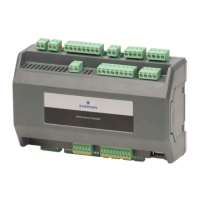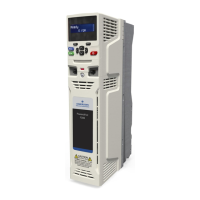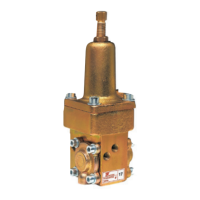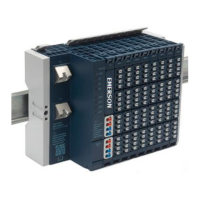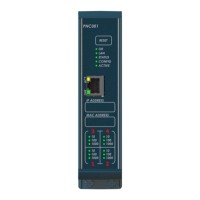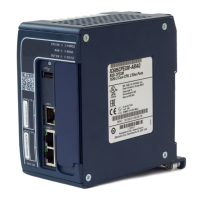PACSystems™ RX3i and RSTi-EP CPU Reference Manual Section 4
GFK-2222AK October 2019
CPU Operation 97
4.8 Clocks and Timers
Clocks and timers provided by the CPU include an elapsed time clock, a time-of-day clock,
and software and hardware watchdog timers.
For information on timer functions and timed contacts provided by the CPU instruction
set, refer to Timers in PACSystems RX3i and RSTi-EP CPU Programmer’s Reference Manual,
GFK-2950.
4.8.1 Elapsed Time Clock
The elapsed time clock tracks the time elapsed since the CPU powered on. The clock is
not retentive across a power failure; it restarts on each power-up. This seconds count rolls
over (seconds count returns to zero) approximately 100 years after the clock begins
timing.
Because the elapsed time clock provides the base for system software operations and
timer function blocks, it may not be reset from the user program or the programmer.
However, the application program can read the current value of the elapsed time clock by
using Service Request #16 or Service Request #50, which provides higher resolution.
4.8.2 Time-of-Day Clock
A hardware time-of-day clock maintains the time-of-day (TOD) in the CPU. The
time-of-day clock maintains the following time functions:
▪ Year (two digits)
▪ Month
▪ Day of month
▪ Hour
▪ Minute
▪ Second
▪ Day of week
The TOD clock is battery-backed and maintains its present state across a power failure.
The time-of-day clock handles month-to-month and year-to-year transitions and
automatically compensates for leap years through year 2036.
You can read and set the hardware TOD time and date through the application program
using Service Request function #7. For details, refer to PACSystems RX3i and RSTi-EP CPU
Programmer’s Reference Manual, GFK-2950 Section 6.
4.8.2.1 High-Resolution Time of Day Software Clock
A high-resolution software TOD clock is implemented in firmware to provide
nanoseconds resolution. When the high-resolution software TOD clock is set, the
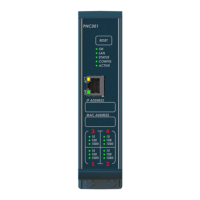
